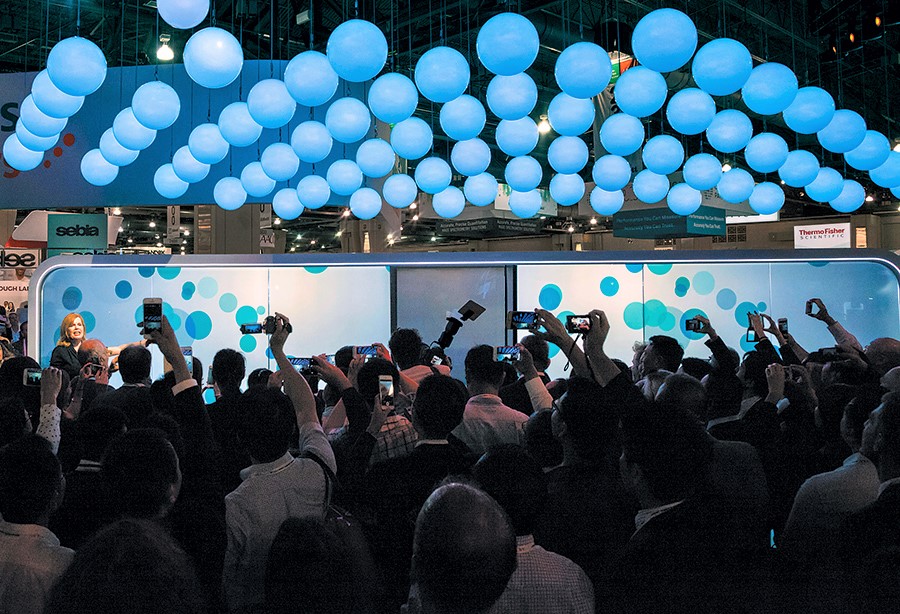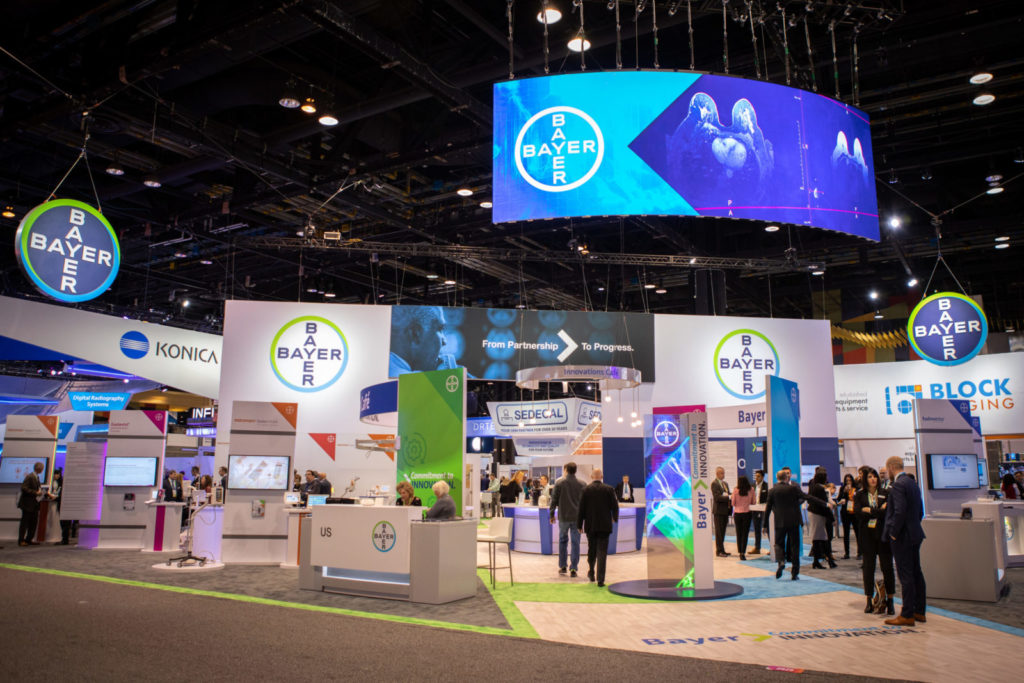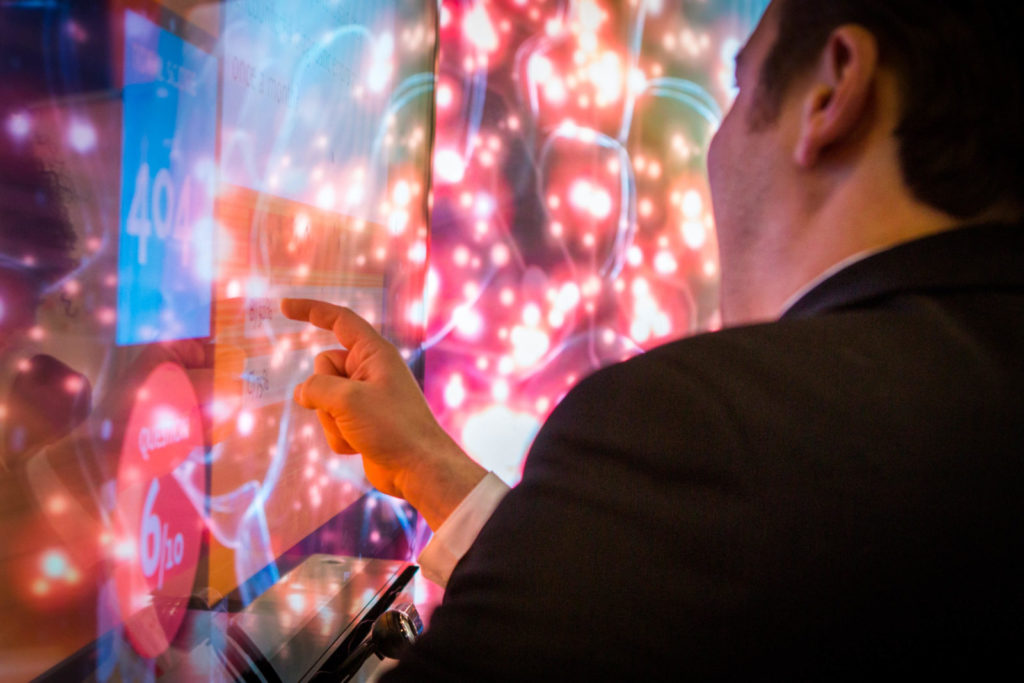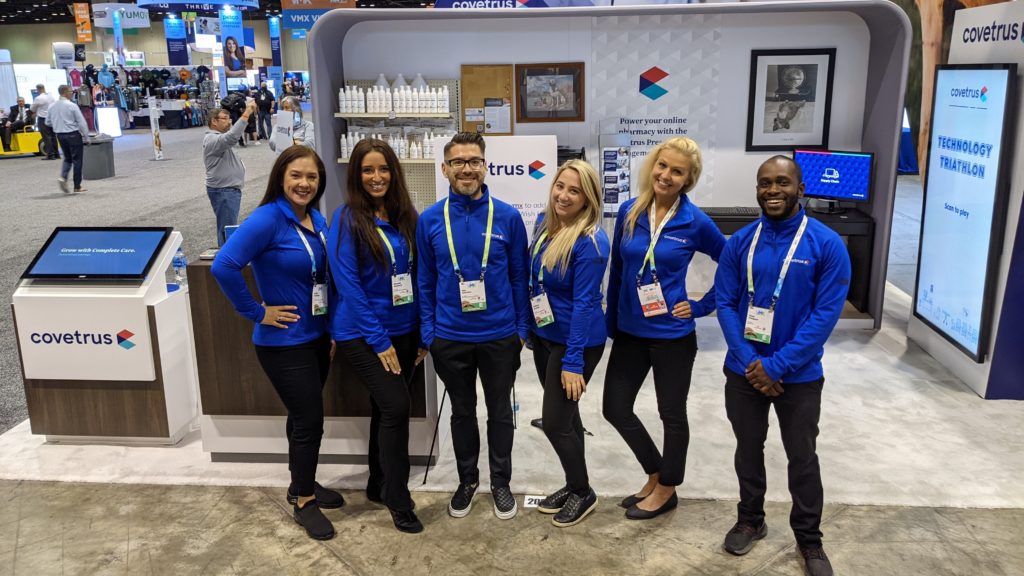If you don’t know where you are going, you’ll end up someplace else. ― Yogi Berra, former New York Yankees catcher
It is an understatement to express just how much the COVID-19 pandemic affected the trade show industry. However, it’s not an understatement that brands are getting back on the horse jumping back to exhibiting with both feet. Our experience on the trade show floor since expos have resumed, has shown that attendees are thrilled, and almost emotional to be doing business face-to-face again. (Please see related article below.) Results of a snap poll conducted by Exhibitor Magazine during a recent webinar, The Great Reengagement: How to Jumpstart Your Return to Live Trade Shows and Events, revealed that 45 percent of survey participants indicated their companies were simply rebooting pre-COVID strategies, while 55 percent will reimagine the role live events play in their marketing mix. Whether you want to be a disruptor and start from scratch, or continue as before, you need a strategy followed by intense planning to raise the bar on your trade show marketing program and get more people to stop at your booth. You’ve heard the expression, “the more things change, the more they stay the same.” Even when environments become uncertain, here are seven “evergreen” planning strategies that will never go out of style.
1. Define your Goals and Objectives
Your team needs to answer the question WHY? What are your goals for exhibiting? The top three goals for exhibitors have generally been brand awareness, lead generation, and relationship building. Perhaps your goals encompass all three. But whatever your goals for exhibiting, once you’ve determined them you can set objectives to best meet them. This will prove important because you will want to build your exhibit design and event marketing around those goals and objectives.
2. Understand your Scope and Situation
Every event has unique challenges, and every organization has its own way to overcome them. Are you going to be downsizing due to budget constraints? Will you keep a larger footprint? Are you going to bring less product and instead create meaningful customer interactions with experiential engagements? Or is product too important to leave out? In short, what will you need to tell your brand’s story and how do you intend to make it clear through your booth design and activities?
3. Analyze your Audience to Create Connections
In brand experience marketing, the first wisdom is “know your audience.” Understanding their goals is how you make sure that you meet yours. This includes:
- Audience demographics
- How aware are attendees of your product or brand?
- Why are people attending the show? What are their pain-points and how can your company provide solutions?
4. Create your Approach
Plan down to the last detail how you intend to capture your brand, your message, and your product. What are the considerations that go into creating something great?
- Are you looking to educate, entertain, or both?
- How will you interact with your audience?
- What content will sell your story?
- What kind of technology do you need to make it happen?
- How will your booth design facilitate people moving through your space?
5. Set Up Metrics to Measure Success
Measuring success is often overlooked when planning an event. Measuring ROI is no longer just a numbers game. Maybe you want more qualified leads. Perhaps you want to increase dwell time. (Yes, there are ways to measure how long booth visitors hang around and where.) Maybe you want to generate social media buzz and then track it. In this new environment ROO (Return on Objective) and more importantly ROE (Return on Experience) should come into play. When working with our clients to implement ROO and ROE strategies, we were able to notably increase potential revenue in our clients’ sales funnels, leading to greater ROI.
Whatever it is you want to do, there is a way to measure it. Understanding your true ROI, combining objectives and the experience, is how you can continue to grow every year and expand your message.
6. Align Technology and Creativity
What technology do you need to make your creative plans and the attendee experience successful? No detail can be overlooked. And when the booth is completely set up, all technical aspects must be checked and double checked. Are you planning a presentation, demos, or a breakout session in another area of the convention? What technology will be required and who will install it? Will your physical booth use a virtual reality feature? Are you planning interactive and digital activities? You need to understand what technology is needed for these engagements to come off without a hitch. Overlooking the slightest technical detail can derail the best laid plans.
7. Staff Your Booth with the Right People
Include in your event planning a discussion of who are the best people to represent your brand! One bad apple can spoil the whole bunch, and nothing exemplifies that old saying more than the importance of bringing the right people to work your exhibit. Gone are the days when booth visitors will put up with staff hiding in the corner, buried in their phones. Since the pandemic, personal connections are more important than ever. People are craving friendly, emotional, and quality interactions. Think carefully about who on your team is most likely to provide that. Interestingly, your top salespeople may not fit the bill. We often suggest to our clients that they supplement their own staff with friendly, engaging, professional and helpful trade show professionals. These trained pros are expert in approaching attendees, taking leads, making introductions, and becoming the face of your brand at trade shows. If your company still has travel restrictions in place, bringing in the hired hands may be just the ticket.
Conclusion
The Center for Exhibition Industry Research (CEIR) found that they expect the industry to fully rebound by 2023. Yes, anything can happen, but right now people are excited about doing business face-to-face again and are ready for increased engagement. We hope these seven time-tested strategies for trade show planning provide a kick-start for your company. If you’re not planning, your competitors are. These strategies are perfect for planning virtual events, too! Preparing down to the last detail is key when organizing any event. After all, like Yogi Berra said in our opening quote, “If you don’t know where you’re going, you’ll end up someplace else”.
Related Articles: Opportunity Still Knocks When Exhibiting at Trade Shows
Exhibitors Should Consider Shifting Focus from ROI to ROO
Whether you’re planning for a virtual/hybrid event, or an in-person trade show, we invite you to get to know us. We’ve spent the last 30 years breaking boundaries, defining best practices, and generating results. Let’s start a new project together!








